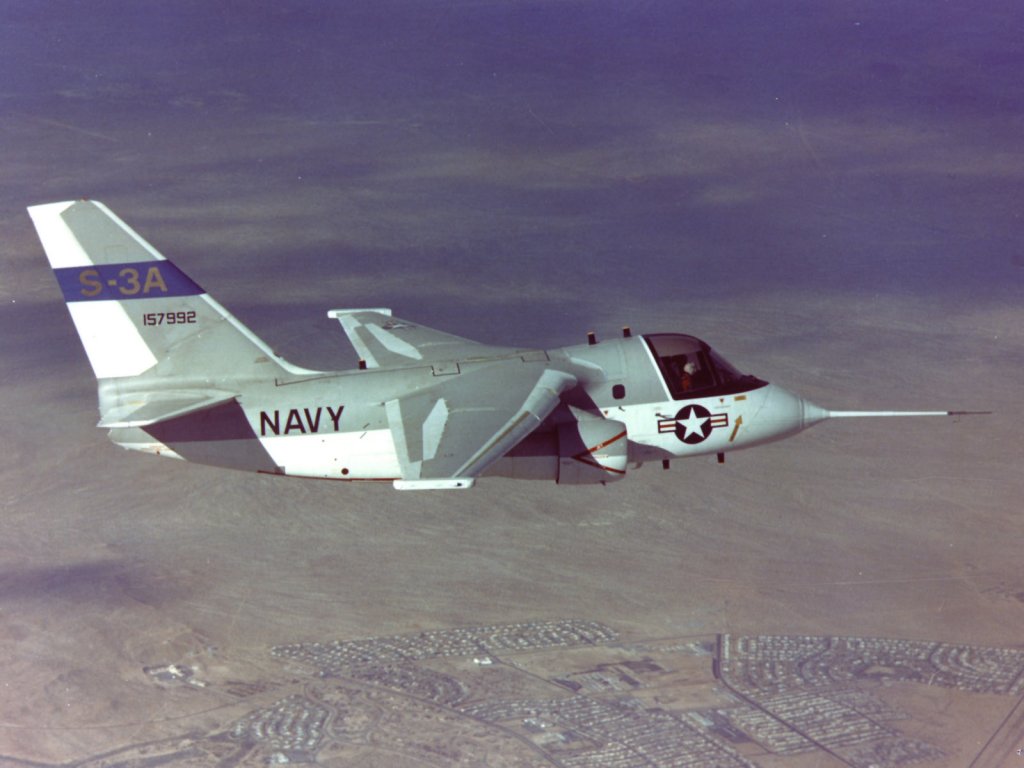
21 January 1972: At Palmdale, California, Lockheed test pilots John Jean (“Chris”) Christiansen and Lyle Howard Schaefer took the first Lockheed YS-3A Viking, Bu. No. 157992 (Lockheed serial number 394A-1001), for its first flight. The duration of the flight was 1 hour, 42 minutes.
When interviewed afterward, Christiansen said, “The aircraft handled beautifully. It was exceptionally stable and very responsive to the controls. I think it will do everything the Navy expects of it.”
The aircraft was a response to the U.S. Navy’s need to counter the Soviet Union’s massive submarine fleet. By 1972, the USSR had 340 submarines in service, 100 of which were nuclear powered. It was adding new submarines at a rate of 15 per year. The S-3A was needed to replace the aging Grumman S-2 Tracker.
In 1969, the Navy issued a $494,000,000 development contact to Lockheed for the first four YS-3A pre-production aircraft. A second lot of four YS-3As were also built. The total production for the Viking came to 187 aircraft.
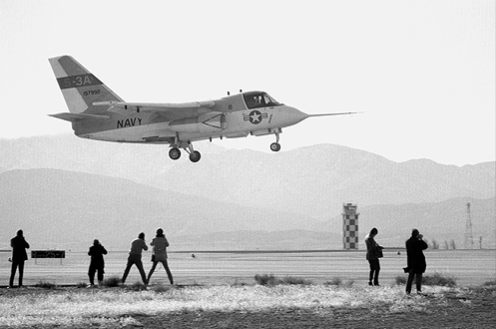
The Lockheed S-3A Viking is a twin-engine anti-submarine warfare aircraft designed to operate from Essex-class or larger aircraft carriers. It carries a four-man crew consisting of a pilot, co-pilot, tactical coordinator and sensor operator. It is a high-wing aircraft with retractable tricycle landing gear. The S-3A had an extensive electronics suite, and a retractable MAD (Magnetic Anomaly Detector) boom. The vertical fin and wings could be folded for storage.
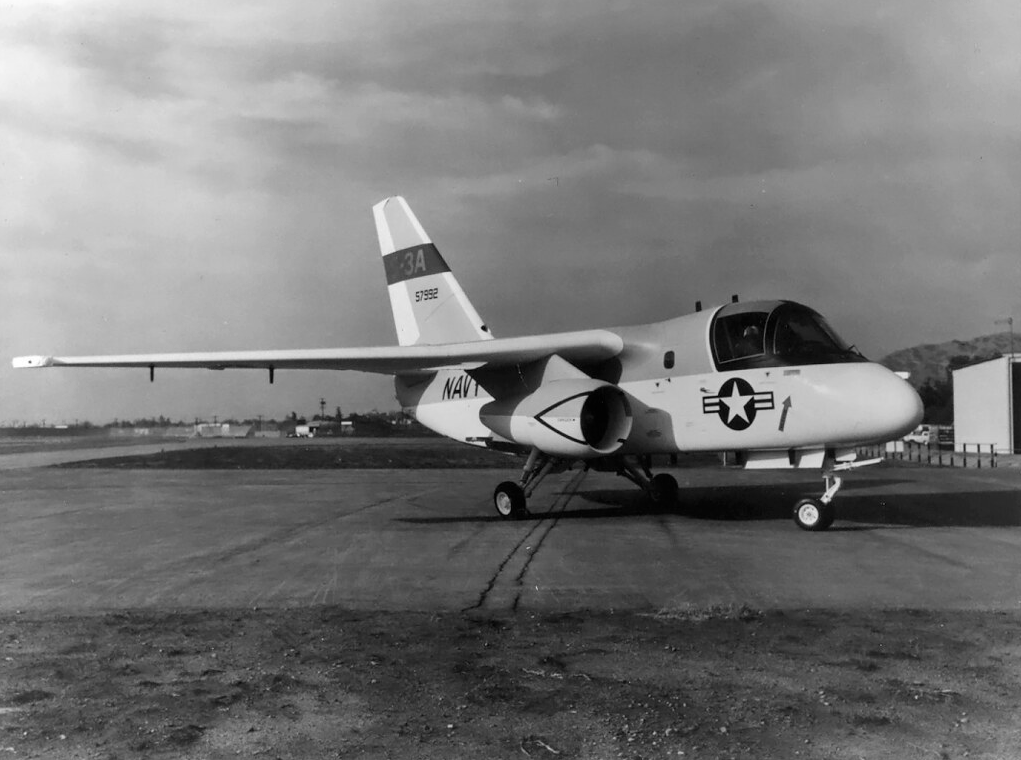
The S-3A is 53 feet, 4 inches (16.256 meters) long, with a wingspan of 68 feet, 8 inches (20.930 meters) and overall height of 22 feet 9 inches (6.934 meters). The total wing area is 598 square feet (55.6 square meters). With the wings and vertical fin folded for storage, the airplane’s length is reduced to 49 feet, 5 inches (15.062 meters), span 29 feet, 6 inches (8.992 meters) and height of 15 feet, 3 inches (14.648 meters). The S-3A has an empty weight of 26,581 pounds (12,057 kilograms), and a maximum takeoff weight (MTOW) of 52,539 pounds (23,831 kilograms).
The S-3A is powered by two General Electric TF34-GE-2 turbofan engines mounted under the wings on pylons. The TF34-GE-2 is a two-spool, axial-flow, high-bypass turbofan. It has a single fan stage, a 14 stage compressor, annular combustion chamber and six stage turbine (2 high-pressure stages a 4 low-pressure stages). It has a maximum continuous power rating of 7,513 pounds of thrust (33.420 kilonewtons) at 6,690 r.p.m, N1 (17,130 r.p.m., N2); 8,159 pounds (36.293 kilonewtons) at 6,930 r.p.m., N1 (17,340 r.p.m., N2) for 30 minutes; and a maximum of 9,275 pounds of thrust (41.257 kilonewtons) at 7,365 r.p.m., N1 (17,900 r.p.m., N2), for five minutes. The TF34-GE-2 is 8 feet, 4 inches (2.54 meters) long and 4 feet, 4.4 inches (1.331 meters) in diameter. It weighs 1,421 pounds (664.6 kilograms).
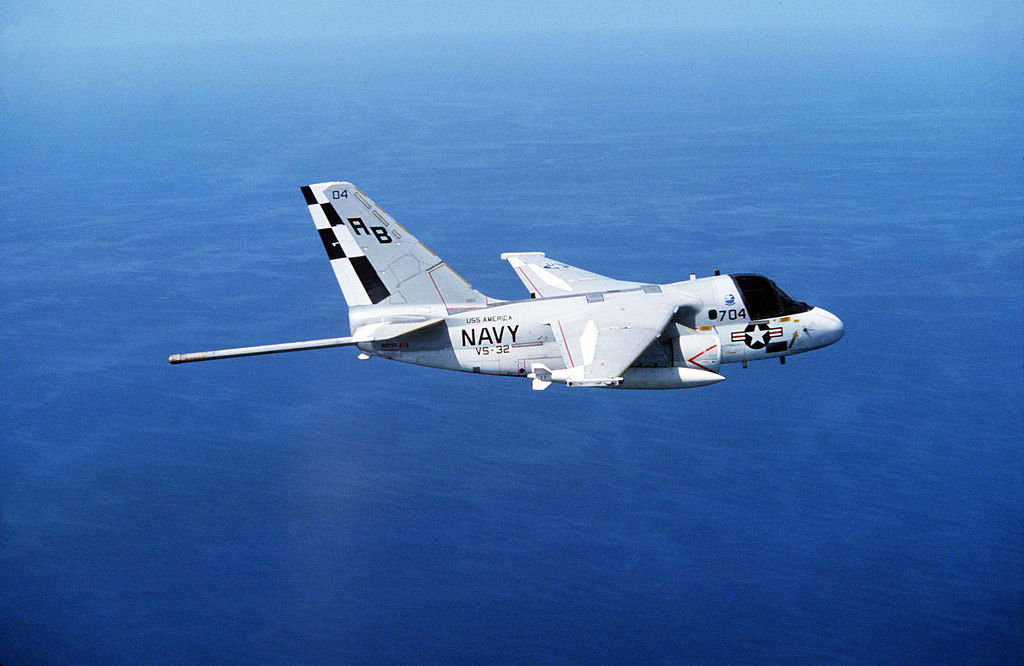
The cruise speed of the S-3A Viking is 348 knots (400 miles per hour/644 kilometers per hour). Its maximum speed is 429 knots (494 miles per hour/795 kilometers per hour) at Sea Level, or 447 knots (514 miles per hour/828 kilometers per hour) at 20,000 feet (6,096 meters). It can climb at 4,450 feet per minute (22.61 meters per second) and its service ceiling is 40,900 feet (12,466 meters).
The S-3A’s fuel capacity is 2,533 gallons (9,588 liters) usable fuel in three tanks. Its combat range is 2,765 nautical miles (3,182 statute miles/5,121 kilometers). It could also carry two 300 gallon (1,136 liter) drop tanks on the underwing hard points. The maximum ferry range is 3,368 nautical miles (3,875 statute miles/6,238 kilometers).
The S-3A could carry up to 60 sonobuoys. It was normally armed with four Mark 46 homing torpedoes carried in an internal bomb bay. Alternatively, it could carry four Mark 53 mines or Mark 54 depth bombs. It was also capable of carrying two Mark 57 Mod. 0 five-kiloton nuclear depth bombs. Three low drag Mark 82 bombs could be carried on each of the underwing hard points. After conversion to the S-3B configuration, it could carry two AGM-84 Harpoon anti-ship missiles.
Following the collapse of the Soviet Union, the submarine threat was believed to be considerably reduced. 122 S-3As had their antisubmarine suite removed and were converted to the S-3B configuration. Another 16 were converted to ES-3A Shadow electronics intelligence aircraft. YS-3A Bu. No. 157996 was converted to a prototype KS-3A aerial tanker. It and five other YS-3As were later converted to US-3A Carrier Onboard Delivery (“COD”) transport aircraft.
The last S-3s were withdrawn from U.S. Navy service on 30 January 2009. Four S-3Bs were transferred to the NASA John H. Glenn Research Center at Lewis Field, Cleveland, Ohio. The last one was retired 13 July 2021.
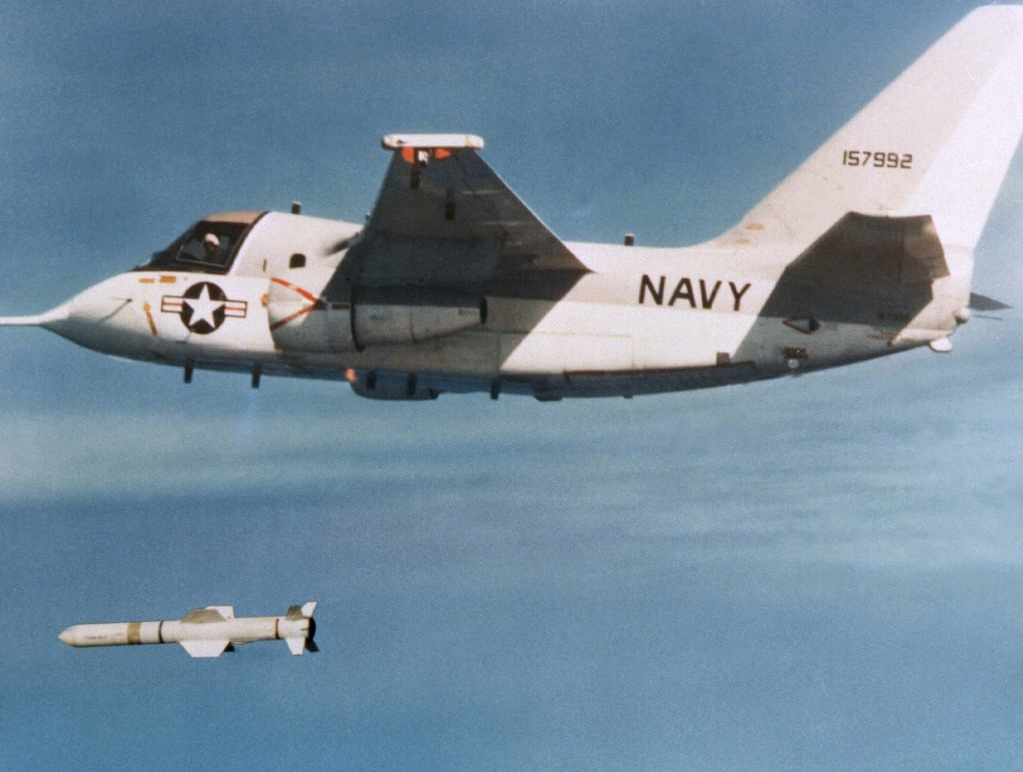
The first YS-3A was rolled out at the Lockheed California Company plant, Burbank, California, on 8 November 1971. It was then transported to the Lockheed plant at Palmdale, California.
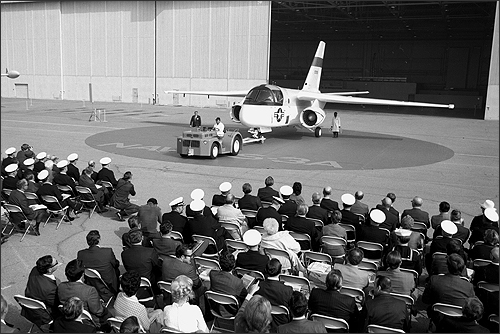
Additional testing of Bu. No. 157992 was carried out at NATC Patuxent River, Maryland.
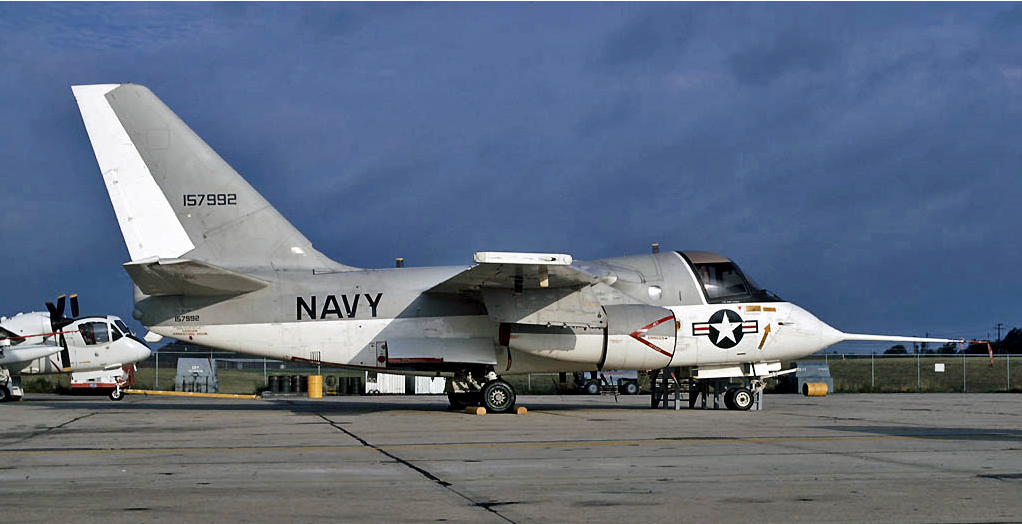
According to Rick Pospisil’s “Hoover History,” the first YS-3A, Bu. No. 157992, was damaged at NATF Lakehurst, New Jersey, during barrier arrest trials. It was stricken from the Navy’s active inventory on 20 January 1976, having accumulated just 184.8 flight hours. The damaged aircraft was then stored at the Naval Aircraft Depot (NADEP) at Alameda, California. In 1991, the fuselage was transported to the Navy Avionics Center (NAC) at Indianapolis, Indiana, for modifications. It was later scrapped.
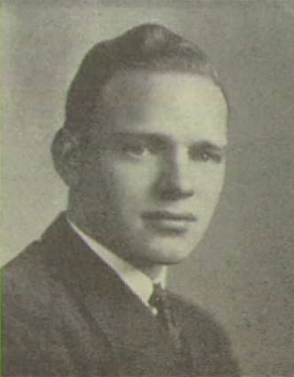
John Jean (“Chris”) Christiansen was born 1 May 1923, at Oslo, Norway. He was the second of three children of John Christiansen, a painter, and Ruth Floby Christiansen. After the family immigrated to the United States, he grew up in St. Paul, Minnesota. He became a naturalized U.S. citizen.
Christiansen attended Woodrow Wilson High School in Saint Paul, graduating in 1942. He played football and was a member of the W Club.
In June 1942, he was employed by Hayden Motor Service in St. Paul. When he registered for the draft (conscription), he was described as being 5 feet, 10 inches (1.778 meters) tall, 160 pounds (72.6 kilograms), with a ruddy complexion, blonde hair and blue eyes.
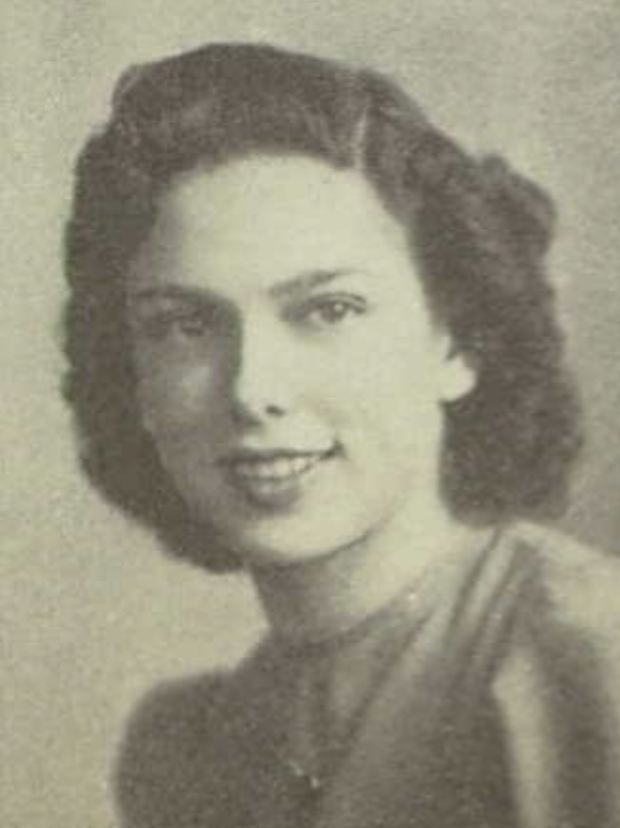
John Christiansen married Miss Alice Phoebe Zeis, who had been a fellow student at Woodrow Wilson High School. They had one son. Christiansen was later married to Diane S. Schindler.
Christiansen served in the United States Navy during World War II and the Korean War.
John Christiansen joined the Lockheed Aircraft Corporation as an experimental test pilot in 1953. During his career with Lockheed, he made the first flights of the prototype YP3V-1 (P-3 Orion), 25 November 1958, and the YS-3A Viking, 21 January 1972. He retired from Lockheed in 1983.
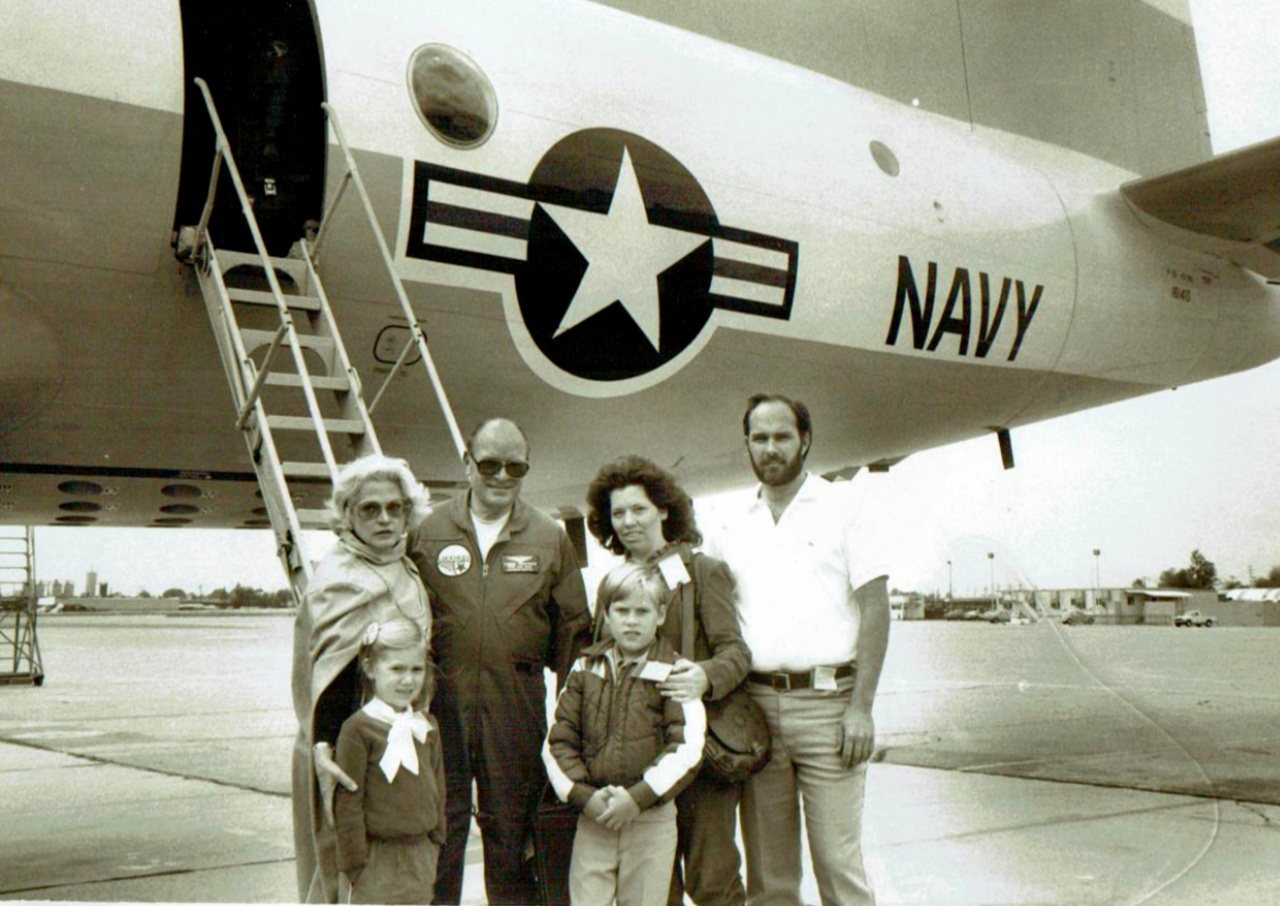
John Christiansen died at Lake Havasu, Arizona, 6 September 1998, at the age of 75 years.
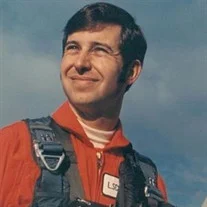
Lyle Howard Schaefer, was born 18 Dec 1939 at Union, Nebraska. he was the first of two children of Russell H. Schaefer, a farmer, and Marcella L. McQuin Schaefer. He grew up in Meade, Colorado.
Following his graduation from the University of Colorado, Schaefer entered the United States Navy, 8 June 1962.
Ensign Shaefer was promoted to the rank of lieutenant (junior grade), 6 December 1963.
Serving during the Vietnam War, Lieutenent Schaefer was awarded the Air Medal, 5 October 1968 for meritorious action during a strike mission.
Lieutenant Schaefer was promoted to the rank of lieutenant commander 1 September 1969.
A graduate of the U.S. Navy’s test pilot school, Lieutenant Commander Schaefer resigned in 1972 to join Lockheed.
Lyle Schaefer married Virginia (“Ginny”) Maude Greenlee 29 June 1974, in Los Angeles County
Schaefer later earned a masters degree in business administration (MBA) from California State University Northridge (CSUN).
As Lockheed’s chief experimental test pilot, Schaefer is credited with having set 26 Fédération Aéronautique Internationale (FAI) world records for altitude and time to altitude while flying a Lockheed C-130J Hercules, 20 April and 14 May 1999. He was inducted into the Society of Experimental Test Pilots in 2011.
Lyle Howard Schaefer died 1 June 2017 at Marietta, Georgia. His remains were interred at the Georgia National Cemetery, Canton, Georgia.
Full Disclosure: TDiA’s father, Bart Robert Swopes (1925–1995) was Lockheed’s Configuration Manager for both the S-3A Viking and the CP-140 Aurora.
© 2024, Bryan R. Swopes